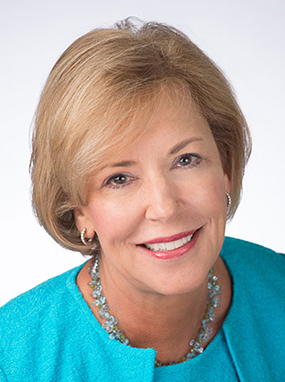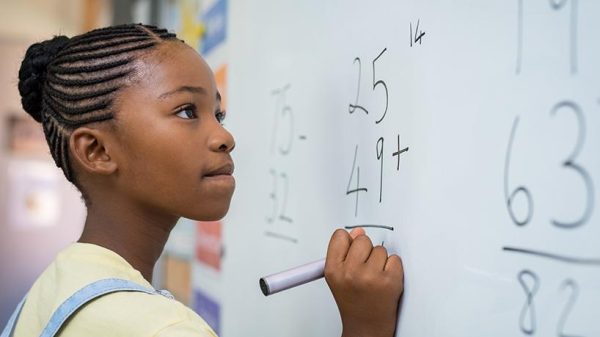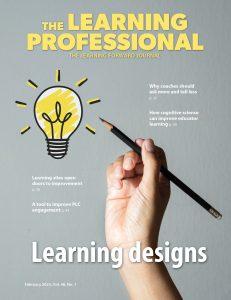At a learning session I attended recently, Michael Fullan announced that, after reviewing John Hattie’s research on practices with the most significant impact in schools, collective efficacy is the new winner. Once again, we have evidence that harnessing the power of the group rather than relying solely on the individual is key to unlocking the full potential of educators and students in schools.
Collective efficacy — educators’ belief that in working together, they have the capability to improve significant challenges in schools — doesn’t just happen when systems or schools offer educators the opportunity to collaborate. According to Fullan, four conditions are essential to create collective efficacy.
- The team must commit to transparency in practice and results. There is nothing to hide; there is no shame in mistakes; we agree we are all here to get better.
- The team must create a climate of nonjudgementalism. We listen to learn; we all commit to continuous improvement.
- The team must be specific in terms of the practices it will employ and actually employ them. Setting high expectations and measuring results will not lead to better outcomes. An effective theory of action requires careful selection of the practices that must change and even more careful attention to learning and implementing such practices with fidelity.
- The team must be clear on the specific evidence it will collect to know it is influencing growth — and it must collect it. Determining evidence of impact and the assessments that will be used to collect it must be identified at the very earliest stages of the improvement process. Otherwise learning and implementation will be unsuccessful because goals and measures are not aligned.
When teams or groups of educators operate under these conditions, they see meaningful results with students. Unfortunately, Fullan says, there is too little collaboration structured with the intentionality that is required to get these results. And while tools and protocols can be helpful in supporting collaboration, as Fullan said, “A fool with a tool is still a fool.”
This is a lesson we take to heart. We know how much educators value useful tools in their work with their colleagues, and we also know tools alone don’t result in changes in practice. In addition to tools, teams need guidance and support from well-prepared and supported colleagues who can ensure teams institutionalize the practices that result in collective efficacy.
When I think about collective efficacy in the context of the Learning Communities standard in Learning Forward’s Standards for Professional Learning, three key questions jump out. Learning leaders might consider how they would spur conversation around these questions — and, in fact, how they themselves would answer them.
- What kinds of learning and support do you offer in your system to give teams the knowledge and skills to know collectively what they need to achieve and how to collect data to tell them they are achieving their goals?
- What structures and cultural elements give teams the responsibility and autonomy to take responsibility for their collective work and its results, and to be transparent within and beyond their team about their work?
- In your specific context, what key actions have led to, or could lead to, the potential for creating the conditions that foster collective efficacy?
I’m curious to know how school and system leaders would respond and what next steps they could take to harness the power of the collective smarts in their schools.
Fundamentally, I am huge advocate for investing in collective efficacy. Like Fullan, I believe it is the only way we achieve our moral purpose to ensure equitable and excellent outcomes for all our educators and their students.
This post originally appeared in Learning Forward’s PD Watch.








